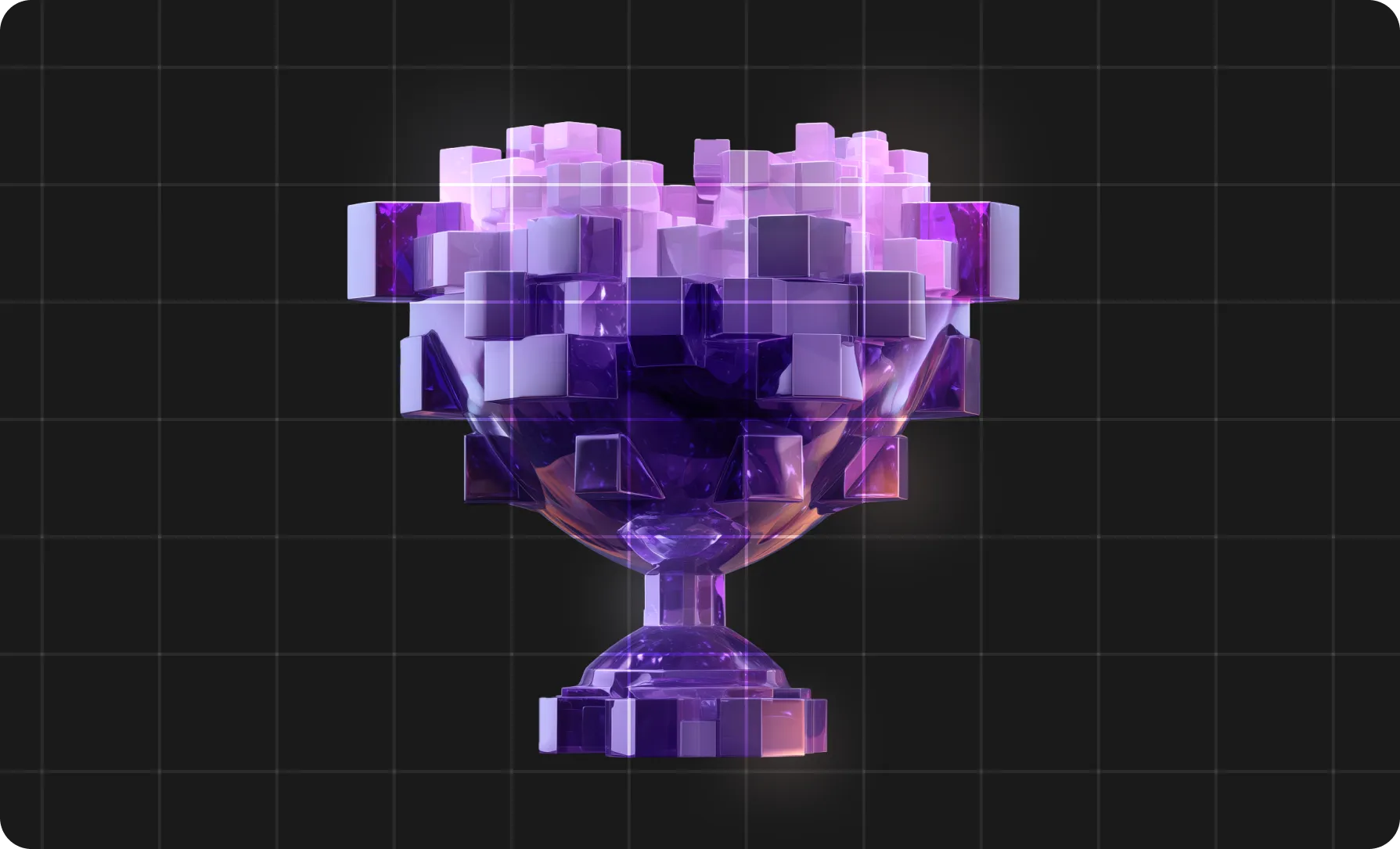
So, you're thinking about becoming a data scientist. You've heard that vacancies are popping up faster than they can be filled, that there's a tech company somewhere waiting to offer you a job with amazing benefits. But then you hear that you need to know a lot of the m-word to do data science. You know — math.
Well, we've got some good news. While becoming a data scientist will definitely take some work, you don't need to be a math genius to do it. If you coped with the different types of math taught in high school and are ready to brush up on your knowledge, you can definitely make it happen. Let’s break down the specific math requirements for data science.
Statistics and probability: the math for data science
If you only learn one type of mathematics, Lera Shelegina, the Guidance Team Lead at the TripleTen Data Department, suggested focusing on statistics and probability, as it’s one of the types of math most commonly used in real-world data science. “Statistics starts from the very first module,” she said. “It’s an essential part.”

Machine learning algorithms use a variety of statistical methods to find and understand data, and then go a step further and apply these techniques to enable predictive modeling for data sets. Data science is built on these approaches, so knowledge in this area is key to understanding data science.
To master those skills, you’ll want to learn and understand different types of statistical analysis, including normal distribution, linear regression, and Bayes’ theorem. You’ll also want to know sampling, conditional probability, and confidence intervals.

Linear algebra
Up next is linear algebra. When you first start data science, you’ll have the advantage of access to libraries like PyTorch and LightGBM, which do the heavy algebraic lifting for you behind the scenes.
But whether you decide to write your own machine learning algorithm or not, understanding what’s going on is key to success.
Data science isn’t just about “solving for X,” though. While simple linear equations will come in handy, many machine learning and neural network tasks rely on matrix algebra, so this might require mathematical study, too.
Calculus
With all the software available to data scientists, you might think you could skip exploring how to write a differential equation or use multivariable calculus.
But according to Shelegina, that’s missing the point.
You have to offer a solution, and before this, you have to be able to ask the right questions. Math comes as a solution and a tool. Lera Shelegina, the Guidance Team Lead at the TripleTen Data Department
At TripleTen, we introduce learners to machine learning models and their core concepts by training our students to find optimal solutions to specific mathematical problems. And we do this by leveraging one of the most fundamental optimization methods in calculus — gradient descent.
Other concepts
A few types of math that come into play with data science aren’t included in standard statistics, algebra, and calculus. You’ll definitely want to learn discrete mathematics and combinatorics, among others.
Discrete math, the subfield of math used most often in computer science, overlaps quite a bit with data science, and understanding ideas here will help you succeed.
But if you’re not familiar with these more specialized areas, you can learn them as you study data science. They’re not prerequisites for starting a data science course.
These are more advanced tools in your toolbox, and an understanding of them can help you decide what to use in the specific cases that arise. As Shelegina said, “you have to understand the differences between solutions.”
Math and data science: how to get ahead of the competition
If you know you want to get a head start in a data science course, you can start by brushing up on essential math skills.
Make sure you have a good idea of statistics and probability since that’s a common area where students struggle. And since it’s the first math focus in the TripleTen course, it’ll allow you to start strong. Lera Shelegina, the Guidance Team Lead at the TripleTen Data Department
But beyond that, you’re better off studying math in the world of data science, deep learning, and similar subjects. We believe that teaching the required math at the right time in your learning journey increases the chances of you remembering new concepts and being able to recall them in the right context. Pure math won’t hurt, but you’ll be better served learning it in the environment where you’ll use it.
And if you want to succeed beyond the basics? Chances are, your biggest growth opportunities won’t be in mathematics.
With TripleTen, you’ll get the skills you need to become a junior data scientist. “To go further,” said Shelegina, “you might actually not really need to go further into math,” but into a specialized field like machine learning.
Does that require math skills? Yes, but after the introduction to the math know-how provided in a bootcamp, learners who have basic math skills will be set up with core competencies in mathematics in data science.
There are, of course, more advanced levels of mathematics, depending on your industry and environment, but the best data scientists lean toward technical abilities rather than math wizardry.
What to do if this isn’t for you
For some people, looking at the mathematical requirements above is terrifying.
What if you’ve looked over what’s required and quickly realized that data science isn’t a good fit for you? Shelegina suggested getting into Business Intelligence Analytics (BIA).
“It still has statistics and probability theory, but it doesn’t go into machine learning. It’s less focused on mathematical models and has more data visualization, data analytics, data presentation, and even storytelling because you have to deliver your thoughts to the public.”
“You work more with people, with businesses,” she said, “delivering them the information you’ve just analyzed.”
How to learn math for data science
If you want to start a promising data science career, it all begins with the proper education.
Thankfully, the starting point for math for data science isn’t as complicated as you might think. With a basic knowledge of statistics, algebra, and calculus, you can start learning the principles you’ll need to become a data scientist — no need for an extensive computer science background.
At TripleTen, our experts have created an 8-month course covering everything you’ll need for a junior-level position in data science.
Not only will you learn the math and coding skills you’ll need for the job, but you’ll also build a stunning portfolio in the process.
It’s all ahead of you now. See if data science is the path for you by taking our career quiz.









.jpg)



.avif)

